In Western Harmony there is no stronger chord resolution in a major or minor key than then the V chord to the I chord. In the key of C major this is G or G7 to C.
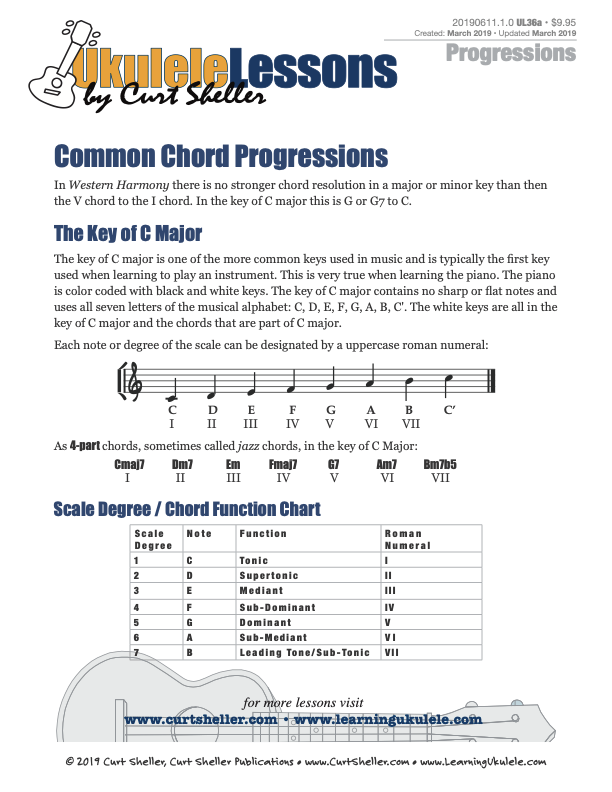
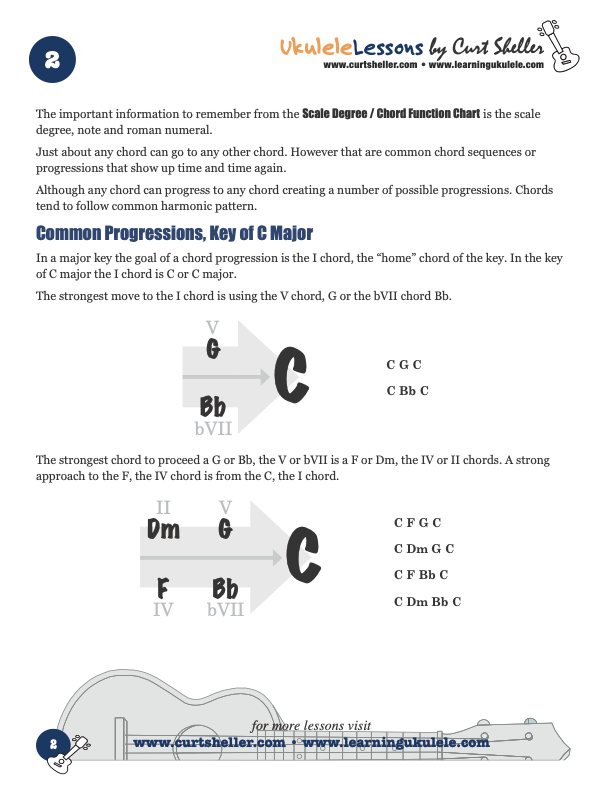
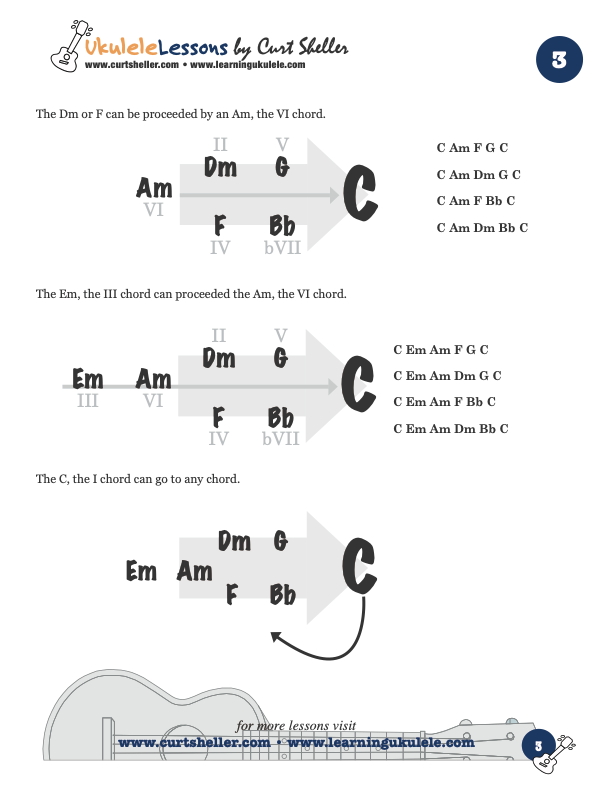
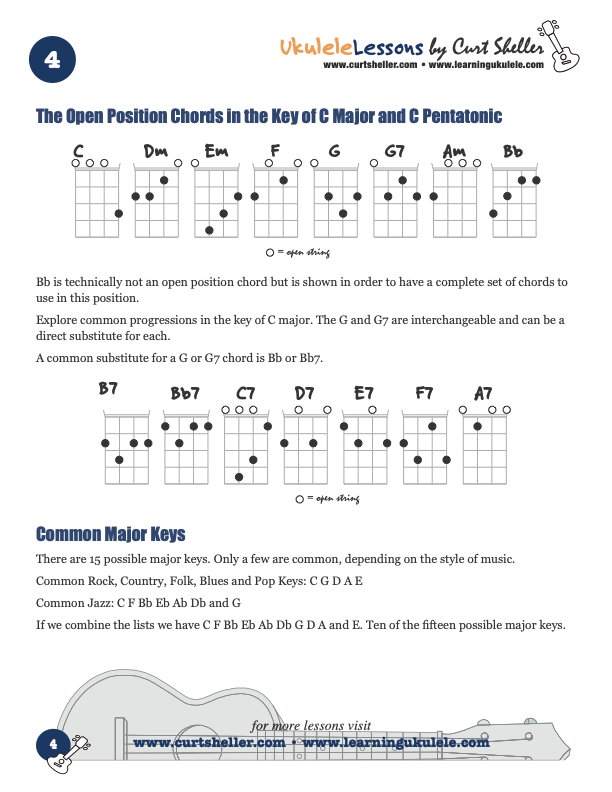
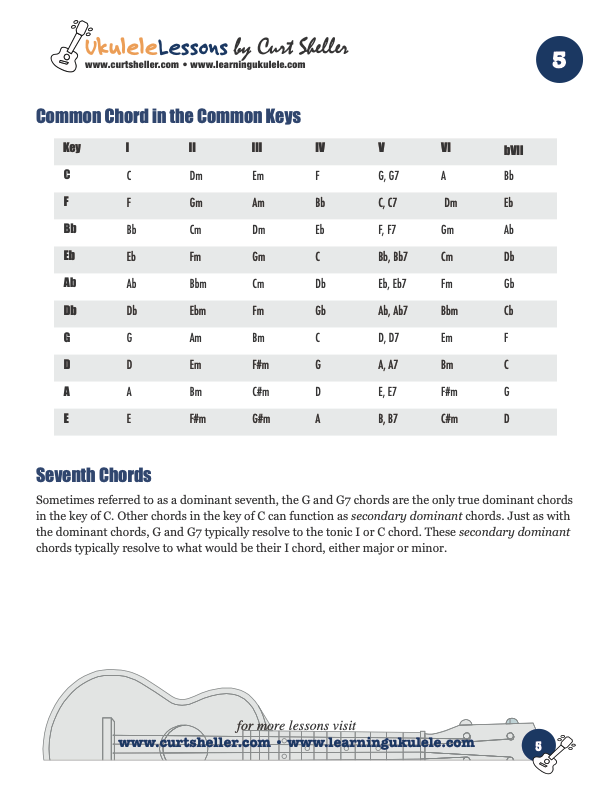







In Western Harmony there is no stronger chord resolution in a major or minor key than then the V chord to the I chord. In the key of C major this is G or G7 to C.
Available for Premium Site Access Plans Only
The key of C major is one of the more common keys used in music and is typically the first key used when learning to play an instrument. This is very true when learning the piano. The piano is color coded with black and white keys. The key of C major contains no sharp or flat notes and uses all seven letters of the musical alphabet: C, D, E, F, G, A, B, C'. The white keys are all in the key of C major and the chords that are part of C major.
Common Progressions, Key of C Major
In a major key the goal of a chord progression is the I chord, the “home” chord of the key. In the key of C major the I chord is C or C major. The strongest move to the I chord is using the V chord, G or the bVII chord Bb.
In Western Harmony there is no stronger chord resolution in a major or minor key than then the V chord to the I chord. In the key of C major this is G or G7 to C.
Available for Premium Site Access Plans Only
The key of C major is one of the more common keys used in music and is typically the first key used when learning to play an instrument. This is very true when learning the piano. The piano is color coded with black and white keys. The key of C major contains no sharp or flat notes and uses all seven letters of the musical alphabet: C, D, E, F, G, A, B, C'. The white keys are all in the key of C major and the chords that are part of C major.
Common Progressions, Key of C Major
In a major key the goal of a chord progression is the I chord, the “home” chord of the key. In the key of C major the I chord is C or C major. The strongest move to the I chord is using the V chord, G or the bVII chord Bb.
Related Lessons, Videos, Lesson Series, Songs, Books & Reference Charts, Resources & Assets, Workshops are below.
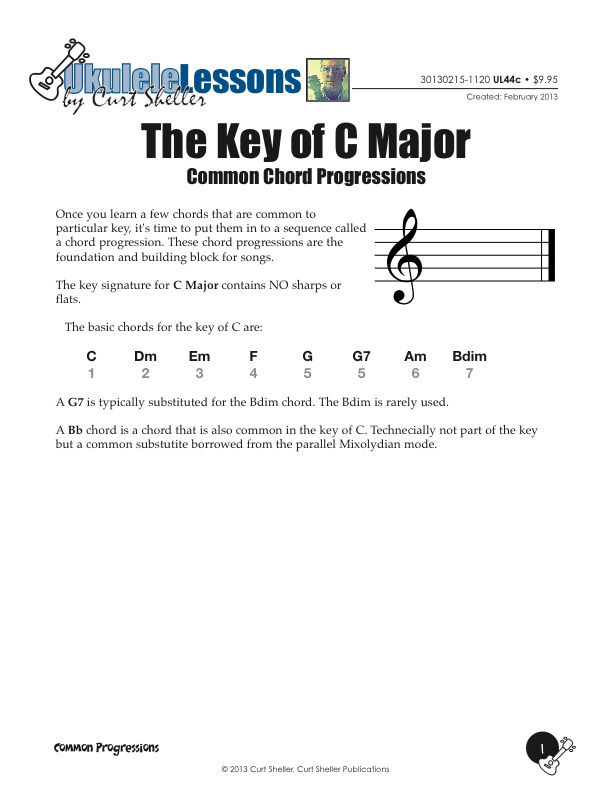
Sometimes called the “learning key”, the key of C Major is one of the easiest keys to memorize and begin using. C major (often just C or key of C) is a musical major scale based on C, with pitches C D E F G A B C. Its key signature has no flats or sharps. Its relative minor is A minor A B C D E F G A B.
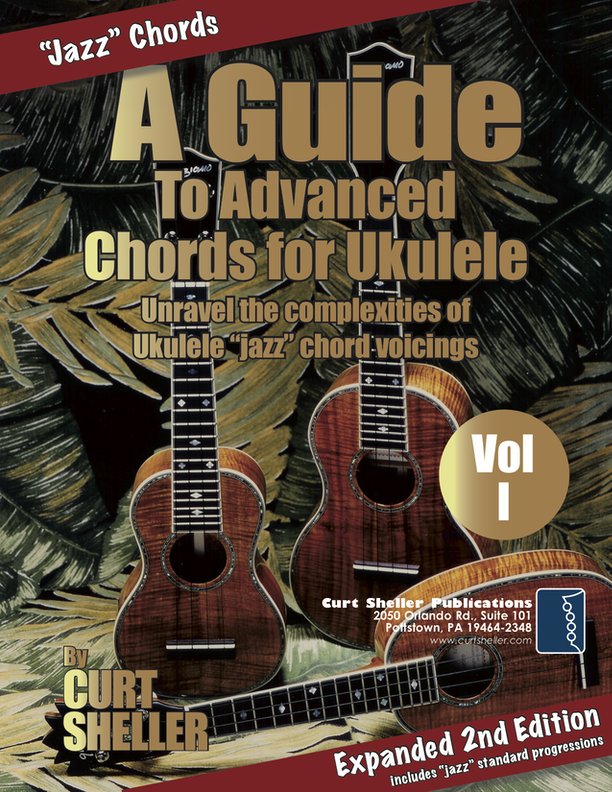
Beyond learning basic Ukulele chords, most players struggle with advanced chords. Commonly called "jazz" chords, these more sophisticated voicings find a wide use in all forms of music. A Guide to Advanced Chords for Ukulele - presents a highly organized and efficient approach to the mysterious subject of advanced chords. Chord dictionaries are not the answer.

The Blues are at the heart of all American music. It has influenced Country, Rock, Folk, Jazz, Bluegrass and just about every form of American music we listen to today. 26 blues progression in C and G tuning, progressing from basic to advanced jazz progression, with chord grids and substitutions explained.
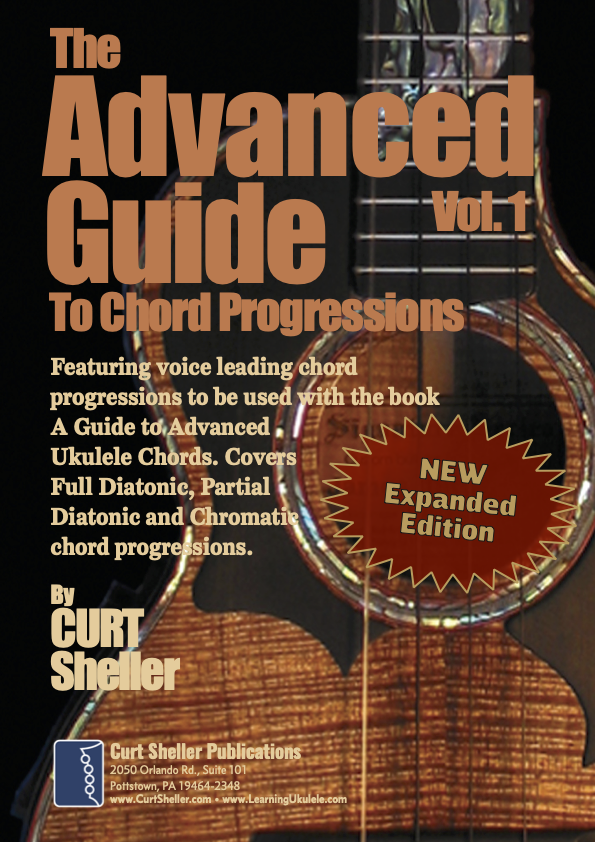
Before individual chords become the background of songs, they must be put into orders called chord progressions. The Advanced Guide to Chord Progressions for Ukulele organizes progressions according to string family, position, voice leading and chord magnetism.


return in your investment)—it is this— learning the
f*ckingnotes of your OWN instrument. Sorry for the tough talks—but it is sooooo true!
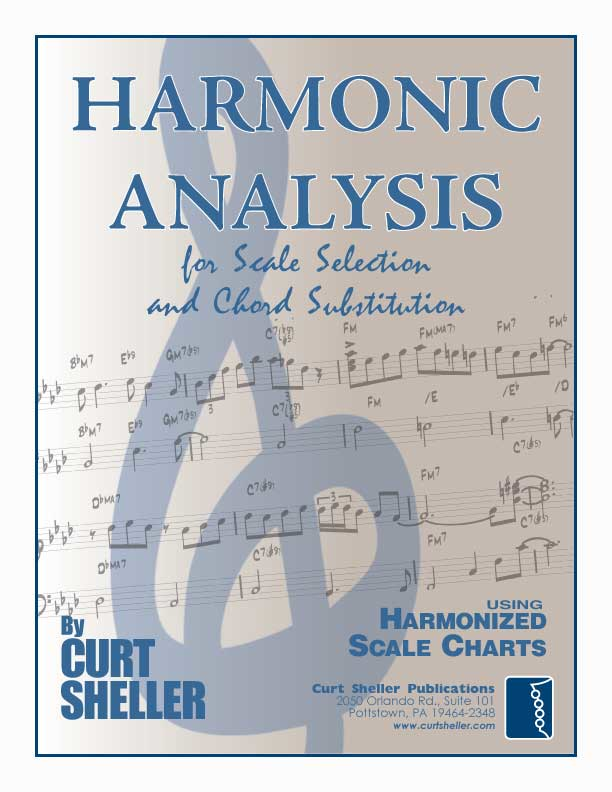
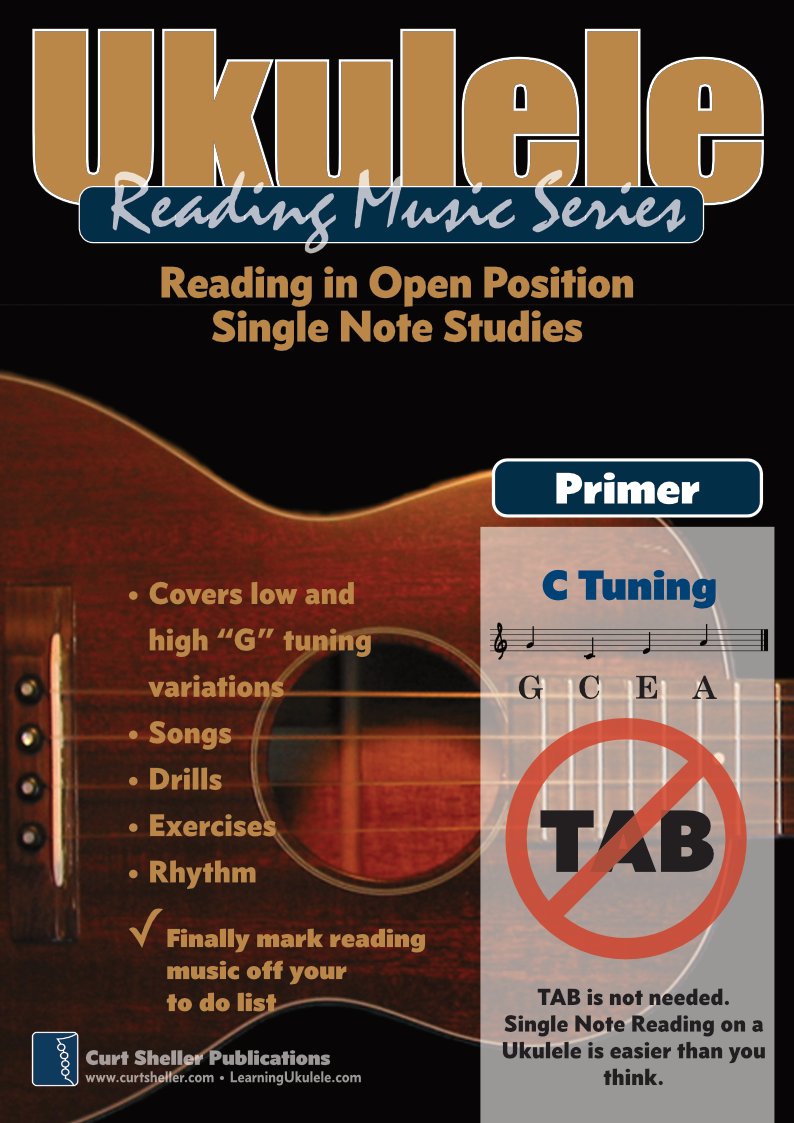
Learn to read single note melodies in the first/open position is a lot easier than you might think. Book: Ukulele – Reading Music Series – Primer

An organized collection of daily practice and reference material for the contemporary ukulele player for developing the vocabulary and knowledge necessary for single note playing. Book: Daily Practice Material for the Contemporary Ukulele
Checkout the Books & Reference Charts for additional Handy, Dandy Reference Charts.
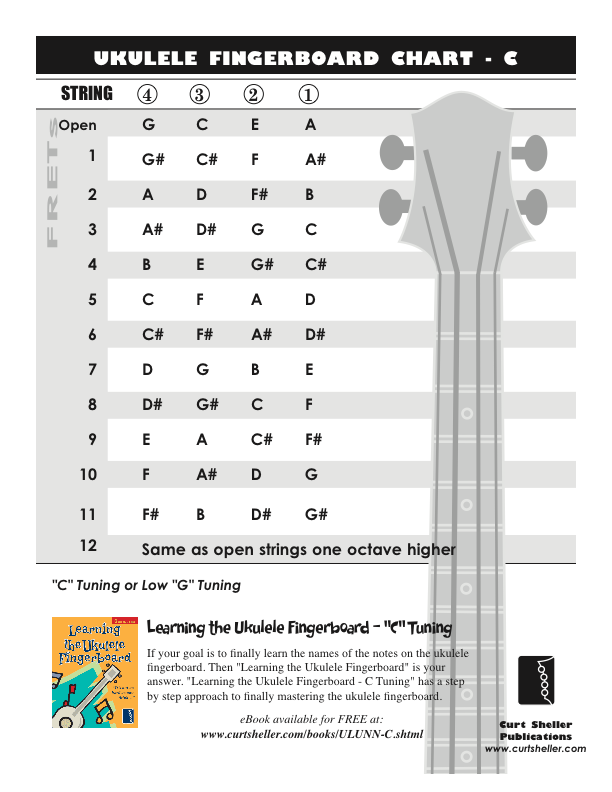
Ukulele Fingerboard Chart for C Tuning, Low or High G – G C E A
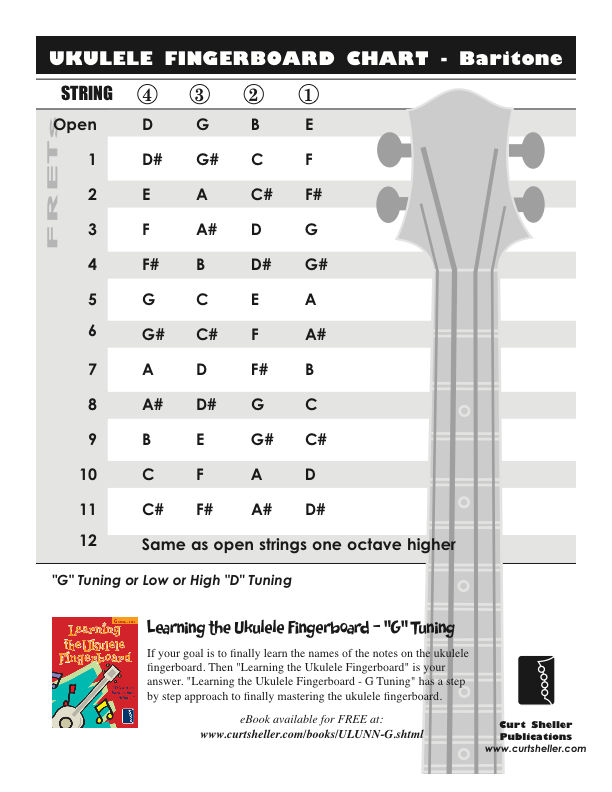
Ukulele Fingerboard Chart for G Tuning, Low or High A – D G B E
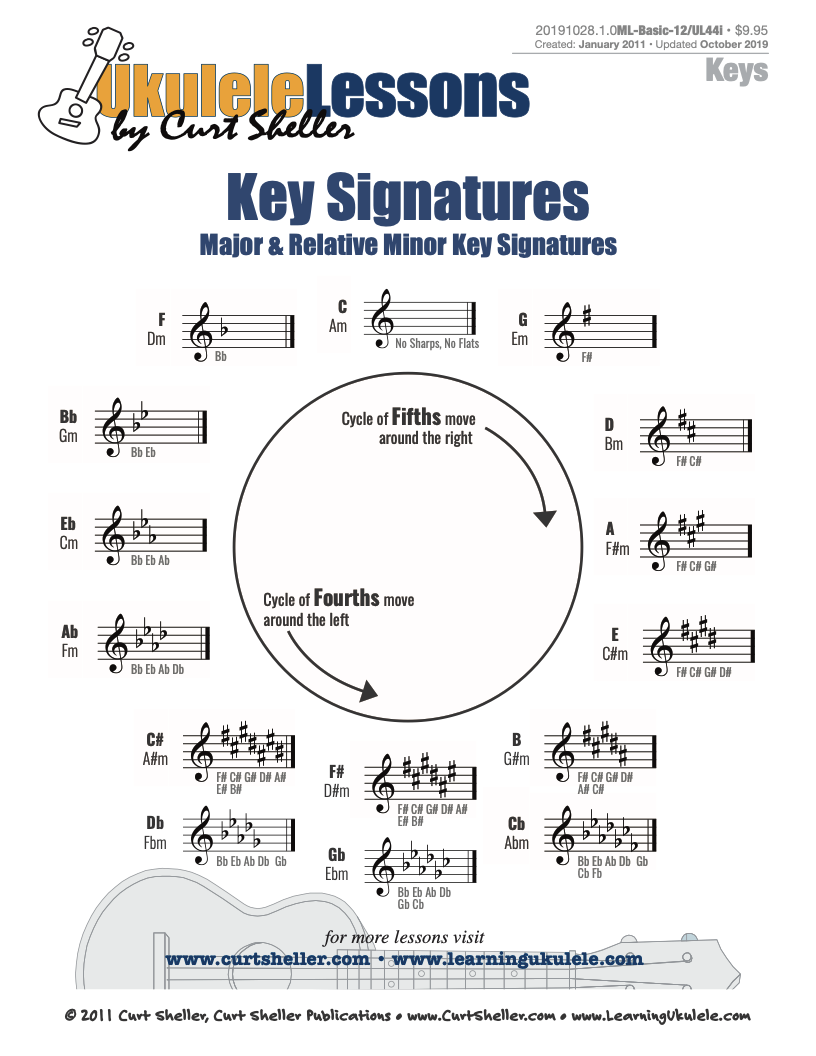
A handy reference chart of all 15 major and relative minor key signatures. US Letter 8.5 x 11 sized (ANSI-A) , A4





.jpg)